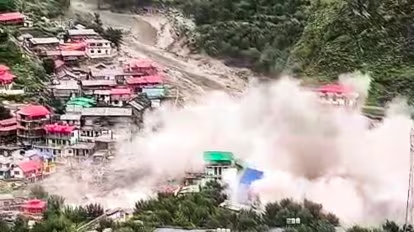🕊️ A Journey of Courage, Sacrifice & Unity That Led to India’s Independence.
India’s path to independence was not a moment but a movement — a long, resilient journey marked by revolts, reforms, and revolutionary voices. From the First War of Independence in 1857 to the historic midnight of August 15, 1947, Azadi Ka Safar is a timeline of the hopes, hardships, and heroism of countless Indians. Here’s a detailed timeline of the major events, movements, and turning points in the Indian freedom struggle — perfect for students, researchers, and every citizen who wants to remember the price of freedom.
Timeline of India’s Freedom Struggle
📅 1857 – First War of Independence (Sepoy Mutiny)
- The first large-scale uprising against British rule, led by Mangal Pandey, Rani Lakshmibai, Tantia Tope, and others.
- Also called the Revolt of 1857, it sowed the seeds of nationalism.
📅 1885 – Formation of Indian National Congress (INC)
- A pivotal political platform founded to demand rights and representation for Indians under British rule.
📅 1905 – Partition of Bengal & Swadeshi Movement
- Lord Curzon’s divide-and-rule policy triggered the Swadeshi Movement (boycotting British goods).
- Rise of leaders like Bal Gangadhar Tilak, Bipin Chandra Pal, and Lala Lajpat Rai.
📅 1915 – Return of Mahatma Gandhi to India
- Gandhi returned from South Africa and began championing non-violent civil disobedience as a tool for resistance.
📅 1919 – Jallianwala Bagh Massacre
- British troops opened fire on peaceful protestors in Amritsar, killing over 1,000.
- Marked a major shift in India’s freedom struggle from petitioning to assertive activism.
📅 1920 – Non-Cooperation Movement
- Led by Gandhi after the Jallianwala Bagh incident and the Rowlatt Act.
- Mass boycott of British institutions, goods, and titles.
📅 1930 – Dandi March & Civil Disobedience Movement
- Gandhi walked 240 miles to the Arabian Sea to break the salt law.
- Triggered mass civil disobedience across India against unjust British laws.
📅 1931 – Execution of Bhagat Singh, Rajguru & Sukhdev
- These revolutionary martyrs became symbols of youth-led resistance.
- Their sacrifice ignited mass awakening and pride in Indian identity.
📅 1935 – Government of India Act
- Introduced provincial autonomy and partially responsible government — a stepping stone toward self-rule.
📅 1942 – Quit India Movement
- Launched by Gandhi with the call “Do or Die”.
- Mass arrests and suppression followed, but it unified the nation like never before.
📅 1943–1945 – Subhas Chandra Bose & INA
- Bose formed the Indian National Army and allied with Axis powers to militarily challenge British India.
📅 1946 – Cabinet Mission & Interim Government
- Negotiations began for transfer of power.
- Communal tensions rose, leading to the call for Partition.
📅 15 August 1947 – India Gains Independence
- At midnight, India became a sovereign nation.
- Jawaharlal Nehru delivered the iconic “Tryst with Destiny” speech.
🗂️ Bonus: Important Acts & Agreements to Remember
| Year | Act/Agreement | Significance |
|---|---|---|
| 1919 | Rowlatt Act | Allowed imprisonment without trial |
| 1930 | Gandhi-Irwin Pact | Temporary truce in Civil Disobedience |
| 1935 | Government of India Act | Basis of India’s constitution framework |
| 1947 | Mountbatten Plan | Laid the foundation for India-Pakistan Partition |
🎯 Why Remember This Timeline?
Understanding Azadi Ka Safar is not just about memorizing dates — it’s about recognizing the relentless spirit of Indians who fought with their lives, pens, and voices for our freedom. This journey reminds us that independence was earned through unity, resilience, and a dream of a better tomorrow.
🙏 In Tribute
Let us honour every known and unknown hero who contributed to the freedom struggle — from Gandhi to Ghadar Party, from Azad to Ambedkar. Their legacy lives on in every breath of our democracy.
🧭 Note to Our Readers
While every effort has been made to ensure the accuracy and completeness of this timeline, it represents a simplified overview of India’s long and complex freedom struggle. Historical events may be interpreted differently across sources and regions. If we’ve missed a significant moment or detail, we welcome your suggestions and insights with gratitude.
Also Read : Swatantrata Diwas ke Liye Kavitayein: Short Hindi Poems for Kids & Students



